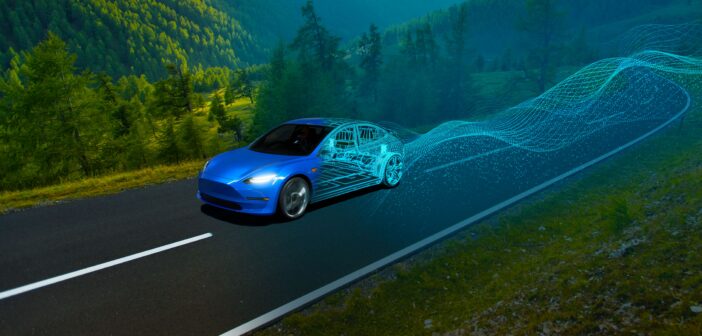Technological development is anything but linear. False starts, dead ends and second comings populate the history of many products we know today, and the car is no stranger to any of these. Turn the clock back to 1830 and you will find early attempts at EV car technology, but it eventually lost out to the combustion engine. Many technologies experience this type of ‘format war’ and winners aren’t necessarily the ‘format’ with the most potential, but the one that is easiest for the manufacturer to deal with. Cost, availability of resources, production rate – all count towards the outcome.
Since the internal combustion engine won that initial battle, the development of the car has seen surprisingly few right-angle turns, until now. The switch to EVs has upset the continuation of what has been a relatively consistent century or so of automotive manufacturing. Sure, we have seen the advent of mass manufacturing and just-in-time manufacturing, but the car itself has evolved through a steady stream of improvements over many decades.
The transformation of the car we are witnessing now is the result of global commitment to reducing the levels of man-made atmospheric CO2. It needs to happen, and the roadmap over the coming years gives everyone in the industry their deadlines to work within. These are challenging, to say the least.
As you’ll see in this infographic, from Norway’s switch to 100% EV and new energy car production in 2025, there will be a domino effect of nations making similar commitments across the globe. The transformation within the industry will be immense, both in terms of the cars themselves and the way they are manufactured. We are in the process of entering a completely new automotive era.

Global timeline for vehicle electrification
2025 – Norway requires all automakers to produce 100% EV and new energy vehicles.
2030 – New regulations come into effect requiring 54% of new vehicles to be EV. Europe starts phase out of ICEs in some states, while all new cars and vans in UK are to be EVs and new energies. India will bring in rules for 30% of passenger cars and 70% of commercial vehicles to be EV
2032 – 67% of new vehicles in USA to be EVs, with Japan targeting 70% to be EV and hybrid.
2035 – In the US, California, NY State and Washington State targeting 100% EV and hybrid and Europe targeting 100% EV and new energy. China targeting 100% zero emissions vehicles while Korea and Japan targeting 100% EV and hybrid.
The reality is that ICEs had a high barrier to entry which kept out many potential new entrants to the marketplace. That barrier has now been lowered with EVs (they are far less mechanically complex vehicles and present a lot of synergy with existing electronics industry players). As the drive towards EV and new energies becomes stronger with new regulations coming into force, many of these new players entering the automotive industry will rely on existing manufacturers being slow to move and react to the changing landscape. The level of competition is only going to increase.
Often, we read about the need for agility in these instances; the ability to pivot approach at a moment’s notice. This is great short term, but it’s not necessarily a long term strategy. So perhaps it’s a good idea to place equal focus on the quality that gives new entrants that initial advantage: simplicity. Making manufacturing simple is perhaps the most powerful card to hold during a period of change.
Drive transformation
How do we achieve this balance between agility and simplicity?
Hexagon technologies help accelerate the path to an EV-powered reality. Thanks to our data-driven solutions simplifying processes, our customers have, for example, cut their ePowertrain development cycle by 30% and car part and battery assembly inspection times by 75%. Our technologies fuse the physical and the digital, enabling you to move beyond digital twins, heightening your teams’ agility with a continuous flow of accurate real-time data. Hexagon’s solutions empower you to be at the forefront of transformation and enhance your manufacturing capabilities with an additional layer of precision, automation and quality.
Explore our dedicated web page and discover more about Hexagon’s transformational technologies for automotive: https://hexagon.com/go/MI/drive-digital-transformation-in-automotive














